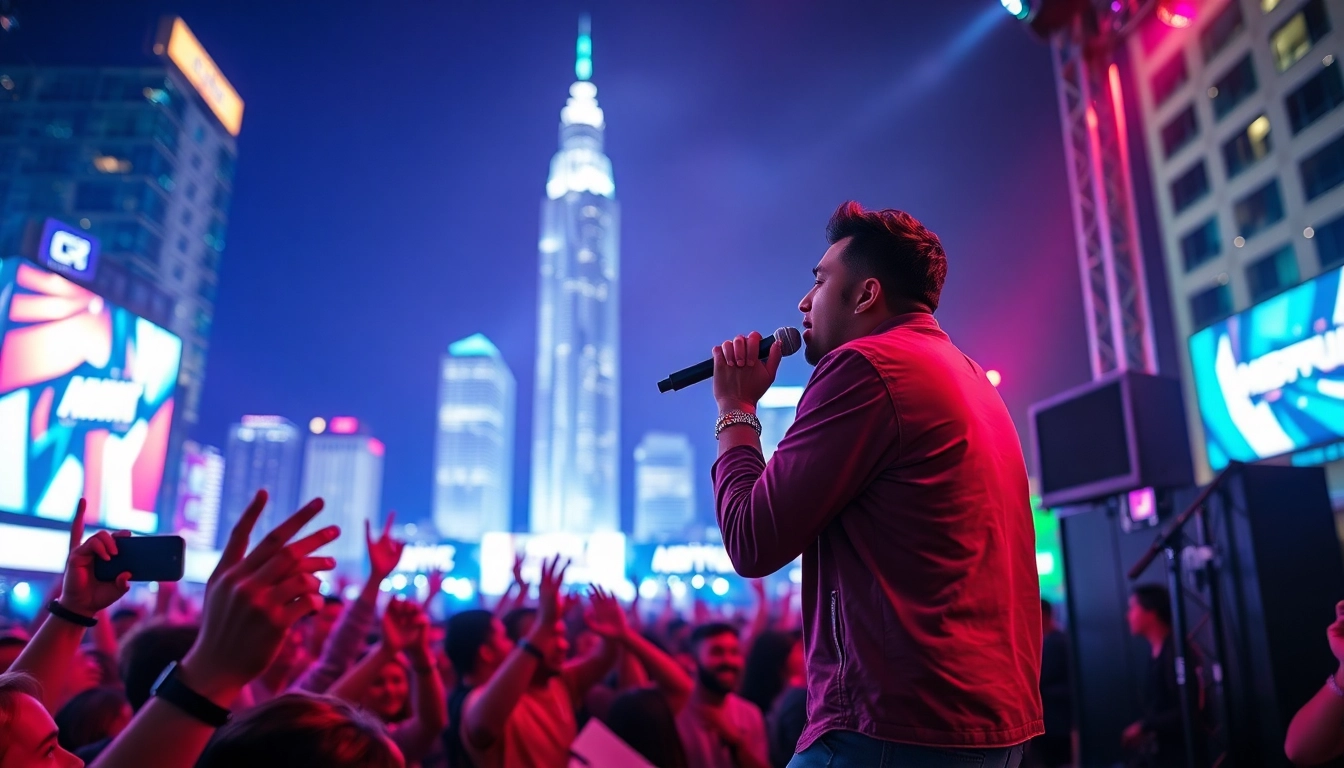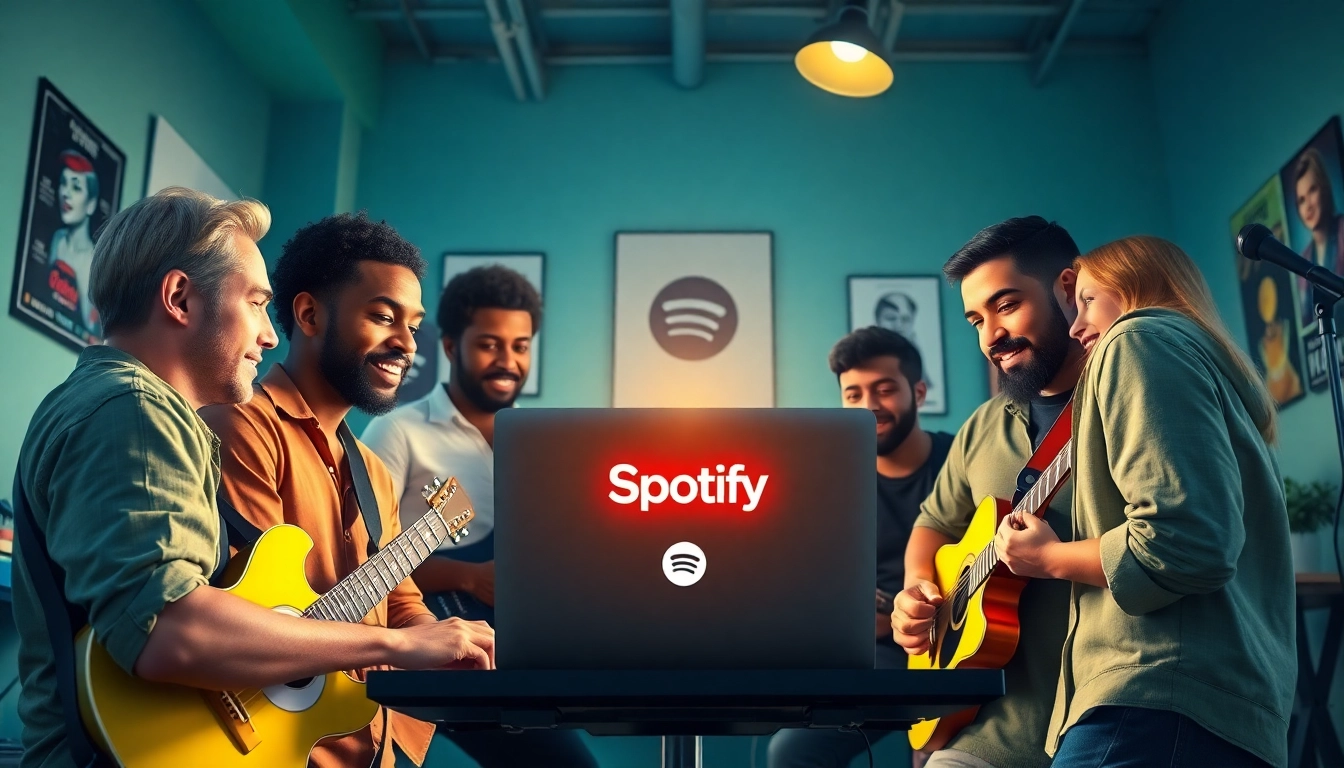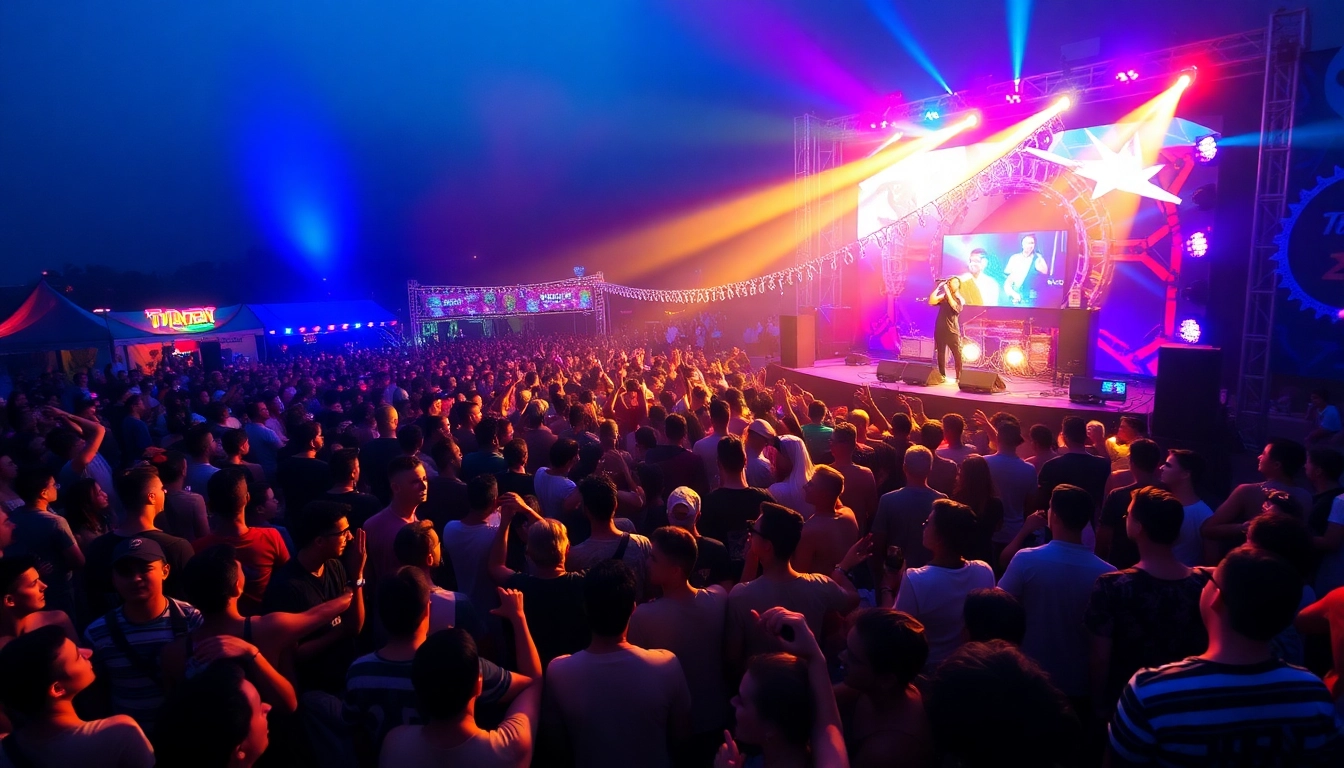Understanding the Independent Artist Landscape
Defining an Independent Artist
In today’s music industry, the term Independent Artist has gained significant traction. An independent artist is defined as a musician who creates, produces, and distributes their music without being signed to a major record label. This independence allows for greater creative control, flexibility in the artistic process, and the potential for a more direct connection with their fan base. The rise of digital technology, particularly the internet, has enabled many artists to flourish outside the traditional music industry structure.
The Rise of DIY Musicians
The last two decades have seen an explosion of DIY (Do It Yourself) musicians. The proliferation of affordable recording technology, coupled with platforms like SoundCloud, Bandcamp, and online distribution services such as DistroKid and TuneCore, has democratized music production and distribution. Artists now have the tools to create high-quality recordings in home studios and share their music with a global audience at little to no cost.
This trend has resulted in a more diverse musical landscape. Artists can experiment with genres, styles, and sounds without the commercial constraints typically imposed by record labels. In turn, this has paved the way for unique voices and innovative music that enrich the cultural tapestry of the industry.
Key Benefits of Going Independent
Opting for an independent career comes with numerous advantages. One of the most significant benefits is autonomy. Independent artists have complete control over their music, visuals, marketing, and brand direction. Without label interference, they can experiment, revise, and release work that closely aligns with their vision.
Financial benefits also abound. Independent artists typically retain a higher percentage of their earnings compared to artists signed to major labels, who often share royalties and profits with multiple parties. This financial independence extends to the strategies they use to monetize their work, from merchandising to live performances.
Moreover, going independent fosters deeper connections with fans. Artists can engage with their audiences on a more personal level through social media, live streams, and direct-to-fan communication, which not only builds loyalty but also helps establish a robust, supportive community around their music.
Building Your Brand as an Independent Artist
Create a Unique Identity
Branding is crucial for independent artists seeking to carve out a niche in a crowded marketplace. A unique identity helps you stand out and can set the tone for how your audience perceives your music. Begin by defining your artistic persona, which should reflect your values, influences, and personal style. Consider elements like your logo, color scheme, and visual themes that resonate with your music.
Consistent branding across all platforms—social media, websites, and merchandise—reinforces this identity. Strong visuals paired with your sound create a cohesive experience for listeners and foster recognition.
Leverage Social Media for Growth
Social media has become an essential tool for independent artists to connect with fans, promote new music, and build their brand. Utilizing platforms like Instagram, Twitter, TikTok, and Facebook allows artists to share snippets of their creative process, engage in conversations, and showcase their personalities. Regularly post updates, behind-the-scenes content, and interactive posts to keep your audience engaged.
Additionally, leveraging the power of video content on platforms like YouTube and TikTok can dramatically increase visibility. Whether it’s through music videos, personal vlogs, or concert footage, video content is often more engaging than static images.
Engage with Your Audience Effectively
Building a loyal fan base requires intentional engagement. Independent artists should prioritize direct interaction with their followers. This can be through replying to comments, hosting Q&A sessions, or offering exclusive content for fans who subscribe to newsletters or platforms like Patreon.
Utilizing live streaming for performances or casual hangouts creates an intimate environment where fans can feel more connected to the artist. Engagement strategies should also include personalized touches, such as sending thank-you messages to fans who purchase merchandise or attend shows.
Mastering Music Distribution and Promotion
Choosing the Right Platforms
Distribution is a key factor in reaching audiences. Independent artists have a plethora of platforms available to them, ranging from streaming services like Spotify and Apple Music to Bandcamp and SoundCloud. When choosing the right platform, consider where your target audience is likely to discover new music.
Moreover, think about the specific benefits each platform offers. For example, Bandcamp supports indie artists by allowing them to set their prices, while Spotify offers playlist placements that could lead to broader exposure. A diversified presence across multiple platforms can increase visibility and access to different demographics.
Effective Marketing Strategies
Marketing is essential for the success of any independent artist. Create a marketing plan that includes a mix of both online and offline strategies. Digital marketing can involve social media ads, influencer collaborations, and email marketing campaigns to notify fans of new releases and upcoming shows.
Offline marketing strategies may include local gigs, visiting radio stations for interviews, or partnering with local businesses for sponsorships. Building relationships with local music blogs and magazines can also help create buzz around new releases.
Networking with Other Artists
The independent music scene thrives on collaboration. Networking with other artists can lead to opportunities for gigs, joint projects, and increased exposure. Attend local shows, engage in online forums, and participate in music festivals to meet fellow musicians. Collaborating can also introduce you to each other’s audiences, expanding your reach.
Mutually supportive communities often help emerging artists navigate challenges while providing valuable shared insights about the industry, ensuring that knowledge is exchanged and creativity is nurtured.
Monetization Strategies for Independent Artists
Merchandising and Online Sales
Merchandising offers independent artists an essential revenue stream. The sale of branded merchandise—such as T-shirts, hoodies, and vinyl—allows fans to connect with the artist on a more tangible level while supporting their work. Establish an online store using platforms like Shopify or Big Cartel to manage inventory and sales effectively.
Consider incorporating a personalized element in merchandise sales, such as signed items or limited editions, to create exclusivity that can drive sales. Additionally, selling digital products like song downloads, sheet music or exclusive behind-the-scenes content can be lucrative.
Crowdfunding and Fan Support
Crowdfunding is a powerful tool for independent artists. Platforms like Kickstarter, Indiegogo, and GoFundMe can help raise funds for albums, tours, or music projects. Engaging fans in this process not only provides financial support but also cultivates a sense of ownership among your audience. Offer enticing rewards, such as exclusive merchandise, private concerts, or VIP experiences, to motivate contributions.
Exploring fan funding options through platforms such as Patreon allows artists to secure ongoing financial support through subscriptions, fostering a deeper connection with dedicated fans.
Exploring Licensing Opportunities
Licensing music for films, television shows, commercials, and video games is another potential revenue stream for independent artists. By securing licenses, artists can earn money while their music gains exposure to broader audiences. Consider approaching music licensing companies or placing music on platforms such as Musicbed or Artlist, which pair musicians with creators looking for tracks.
Understanding copyright laws and how to protect your music is crucial in the licensing process. Join performance rights organizations like ASCAP or BMI to ensure that your works are registered and that you receive royalties when your music is played in public settings.
Tracking Your Success as an Independent Artist
Using Analytics for Growth
In the era of digital music, data is a gold mine for independent artists. Utilize analytics tools provided by social media platforms, streaming services, and music distribution firms to glean insights about your audience’s behavior. Analyze metrics such as streaming numbers, engagement rates, and demographic information to shape your marketing efforts.
For instance, identifying which songs receive the most engagement may inform your next single choice or highlight the need for refined marketing tactics in specific regions. Adjust your strategies data-driven insights and utilize tools like Google Analytics for website performance measurement to understand visitor behavior better.
Setting Realistic Goals
Setting goals gives direction and purpose to your career as an independent artist. These goals can range from creative ambitions, such as writing a certain number of songs within a year, to performance goals, such as playing a specific number of live shows. Ensure these targets are realistic and measurable so you can track progress effectively.
Short-term and long-term goals should complement one another; for instance, aiming to book three local shows within the next six months could align with a long-term goal of embarking on a national tour within two years. This structured approach can provide milestones that keep artists motivated and focused.
Evaluating Performance Metrics
Finally, continually evaluate your performance metrics to determine success within your defined goals. Look at key performance indicators (KPIs) such as streaming numbers, merchandise sales, social media growth, and engagement rates.
Regular assessments can unveil areas needing improvement or adjustment, guiding strategic decisions. Celebrate successes, no matter how small, to keep motivation high and inform future planning for upcoming projects and engagements. By maintaining an adaptable and results-driven mindset, independent artists can navigate the ever-evolving music industry landscape successfully.



